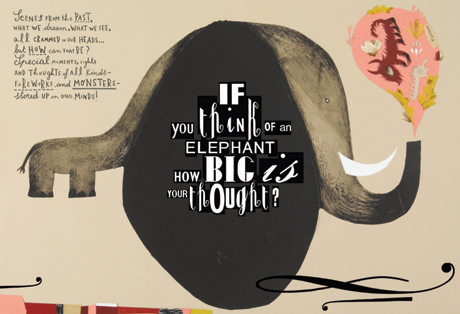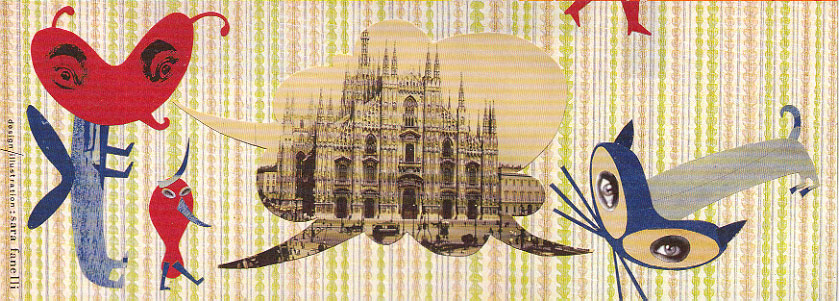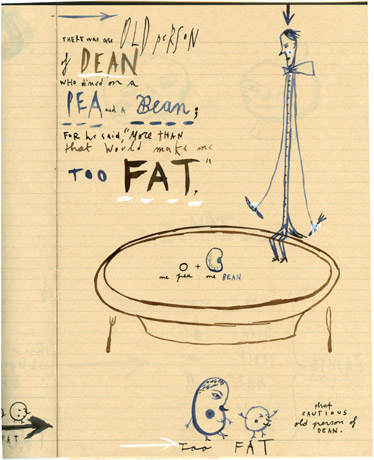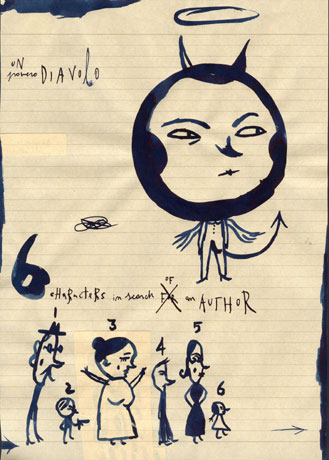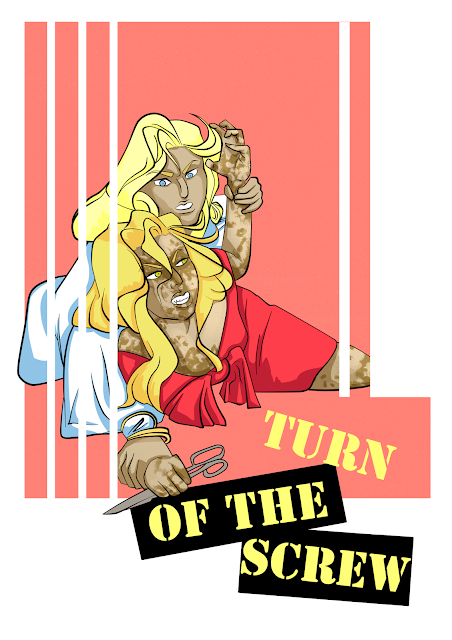political satire much like editorial work is steeped in abstractions and visual metaphor, and has to be relevant with a quick turn over often working on a weekly basis.

This artwork is based off Steve bells work, when I first saw his work I prominently saw that it had a cartoonish element to it so i wanted to include this "warner brothers"-esque exaggerated posture along with bells signature condom headed caricature of Cameron.
[1] a fan of cartoons from an early age....Bell recalled that it "had a superb cartoonist called [Leslie]
Illingworth who was a brilliant draughtsman...and Trog [Wally Fawkes],
who was big influence on me"
This contrasting with the comparatively realistic dead horse emphasising the visual metaphor.

Peter Brookes was the next artist I looked at, his depiction of Cameron is fairly tame in comparason to most current artists. Brookes describes his take on Cameron with:
[2] "Cameron glows privilege...The nose is patrician, almost Roman, and the
mouth small. His hair, if not an Eton crop, is certainly very public
school - it’s got bounce...There is a definite quiff"
Brookes works with dip pens usually, then adding colour with ink and water colour, I followed suit with his techniques. 

Scarfe has a particularly distinct style, I wanted to immediately capture his visceral style. he's most known for his extreme takes on caricature, almost transforming them into anthropomorphic creatures or things, well known his depictions of Thatcher.
[3] "I could always draw her as something acerbic [and] cutting, like an axe
or a knife...It's great fun transmogrifying
[politicians] into other objects"I tried to emulate his current drawings of Cameron with his ink based work, taking advantage of his directional backgrounds, and use of splattering throughout the work.
George Grosz was the last artist that I looked at, I found him to be very different than the other artists I looked at being that he was a German dadaist in ww2

[4] Beauty thee will I praise, 1927
Grosz would most commonly used pen to then on be printed through photo-lithograph, largely line based style with textural marks as sparse shading, I tried to recreate his process with a ballpoint pen.
[1] British Cartoon Archive.
[2] British Cartoon Archive.
[3] Kinghorn. k.
[4] Grosz. G.
Bibliography:
British Cartoon Archive. [Date unknown]. Steve Bell. [online]. [Accessed 6th December]. Available from: https://www.cartoons.ac.uk/artists/stevebell/biography
British Cartoon Archive. [Date unknown]. Peter Brookes. [online]. [Accessed 6th December]. Available from: https://www.cartoons.ac.uk/artists/peterbrookes/biography
Grosz. G. 1927. Beauty thee will I praise. [online]. [Accessed 6th December]. Available from: http://www.awwwards.com/gallery/1223/george-grosz/
Kinghorn. k. 2015. Gerald Scarfe's controversial Margaret Thatcher cartoons on show.
[Accessed 6th December]. Available from: http://www.bbc.co.uk/news/uk-england-tees-31711778






 frottage is a surrealist technique where one would take rubbings of a textured surface and then arrange them to create a work, most famously used and created by Max Enst
frottage is a surrealist technique where one would take rubbings of a textured surface and then arrange them to create a work, most famously used and created by Max Enst 





 work in response to:
work in response to: 





 The second Experiment was based off Fanelli's experiment "think of an elephant"
The second Experiment was based off Fanelli's experiment "think of an elephant"